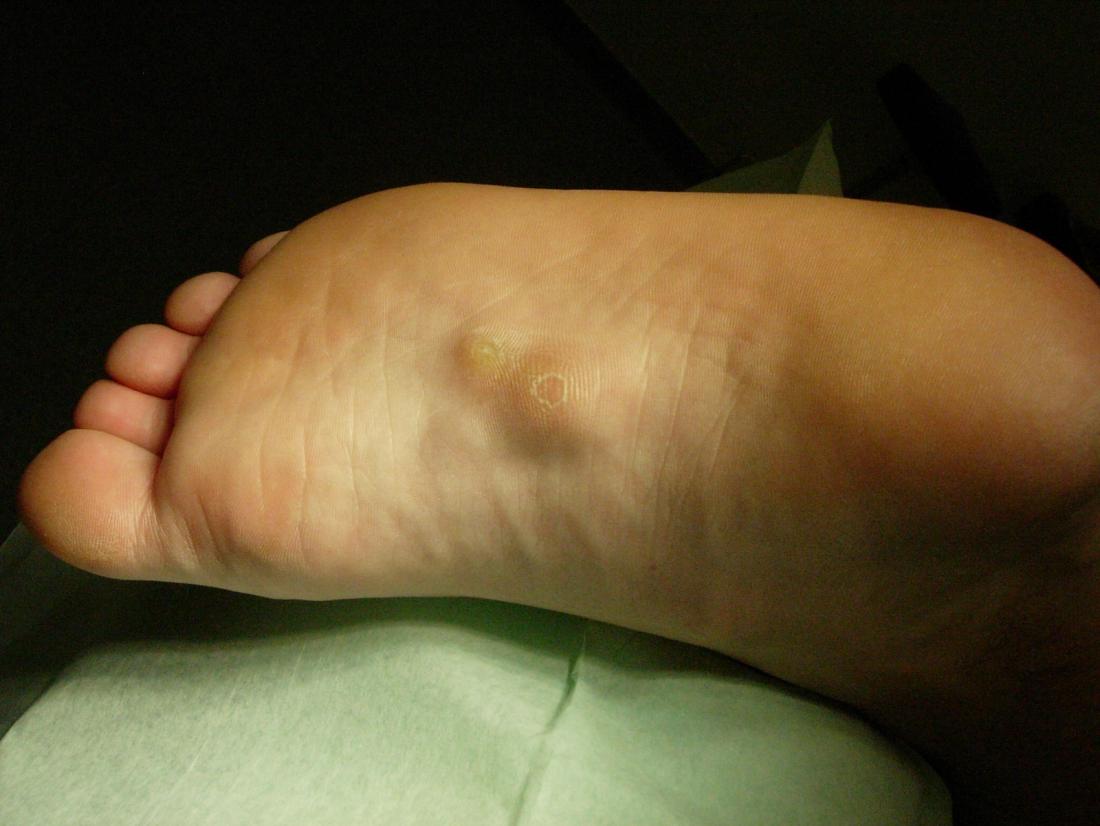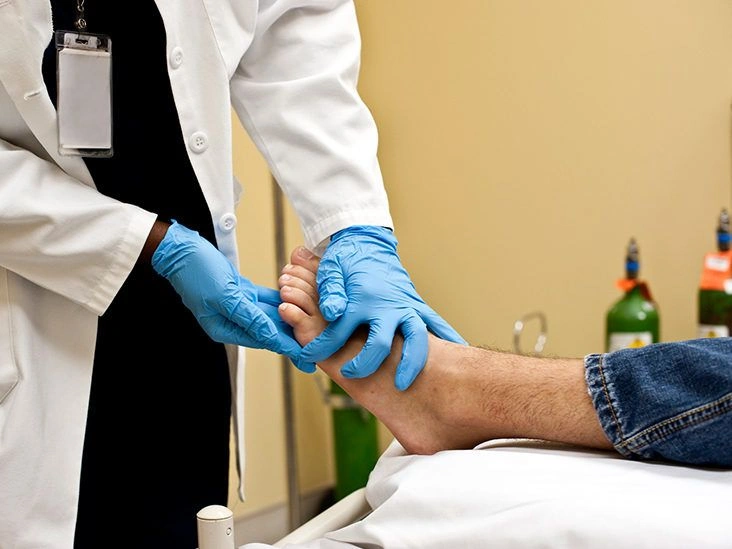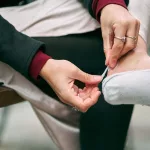Ledderhose disease is an uncommon disorder in which connective tissue thickens and forms firm nodules on the undersides of the feet. These nodules develop within the plantar fascia — the tissue band linking the heel bone to the toes. The growths are benign but can be uncomfortable, particularly when walking.

This condition is associated with other fibrous tissue disorders, notably Dupuytren’s contracture, and they frequently appear together.
Ledderhose disease can begin at any age, but it most commonly affects people who are middle-aged or older.
The name comes from German surgeon Dr. Georg Ledderhose, who first reported it in 1894. It is also referred to as plantar fibromatosis.
Symptoms
The main sign of Ledderhose disease is firm nodules on the soles of one or both feet. These nodules may hurt, especially with walking. In uncommon cases, the thickened tissue can retract and affect the toes.
Other symptoms can include:
- pain around the foot and ankle joints
- tightening of the skin
- tingling or pins-and-needles sensations
Causes
Hard nodules form due to fibrosis of the plantar fascia, the connective tissue under the foot. Ledderhose disease often occurs in people with other fibrotic conditions such as Dupuytren’s contracture, knuckle pads, and Peyronie’s disease. As many as half of those with Ledderhose also have Dupuytren’s contracture.
The precise cause is unknown, but both hereditary factors and environmental influences likely contribute. It is more frequent in middle-aged and older adults and is considerably more common in men than women.
Additional factors that may raise the likelihood of developing Ledderhose disease include:
- longstanding liver disease
- diabetes
- certain anticonvulsant medications
- chronic alcohol consumption
- repeated trauma to the foot
Treatment options
Initial measures may include using soft shoe inserts to reduce pressure on the nodules and cushion the foot while walking. Cutouts in the insert can be made to accommodate the nodules and provide relief.
Mild stretching, massage, and applying ice to the sole can ease discomfort. Over-the-counter nonsteroidal anti-inflammatory drugs (NSAIDs) such as ibuprofen (Motrin IB, Advil) or naproxen (Naprosyn) may help reduce pain and swelling.
If these approaches are insufficient, physical therapy may be recommended. A physical therapist can suggest stretching routines, perform massage, and provide splints to ease the firm growths. Corticosteroid injections into the nodules are another option to reduce inflammation and pain.
When conservative treatments fail and the nodule is very painful, a surgeon may advise a fasciectomy. In this operation, part or all of the thickened tissue is excised from the foot. Surgery can result in scarring, and the condition may recur. Radiation therapy can reduce the risk of the disease returning.
Cryosurgery is another technique where extremely cold probes are inserted into the nodules to freeze and destroy the extra tissue.
A more recent therapy involves injecting an enzyme called collagenase to dissolve the thickened tissue; this method is also used for Dupuytren’s contracture.
Prevention
Because the exact cause of Ledderhose disease is unclear, it may not be preventable. Limiting alcohol intake and avoiding repeated foot injuries might decrease your risk.
Complications
Ledderhose disease typically causes few complications, but it can progressively worsen in some people. The pain and sensation of a nodule can interfere with standing and walking. Rarely, the condition can be disabling.
Surgical treatment can relieve pain and lower the chance of recurrence, but the procedure carries risks such as:
- infection
- painful scar formation
- difficulty fitting into shoes
Outlook
Treatment can relieve symptoms of Ledderhose disease. In some cases, the condition resolves without intervention.
In other cases, the disease progresses slowly. Even after successful treatment, recurrence is possible.
You have a higher risk of recurrence if any of the following are true:
- You developed the disease before age 50.
- You have it in both feet.
- You have a family history of the condition.
- You are male.


















Leave a Reply
You must be logged in to post a comment.